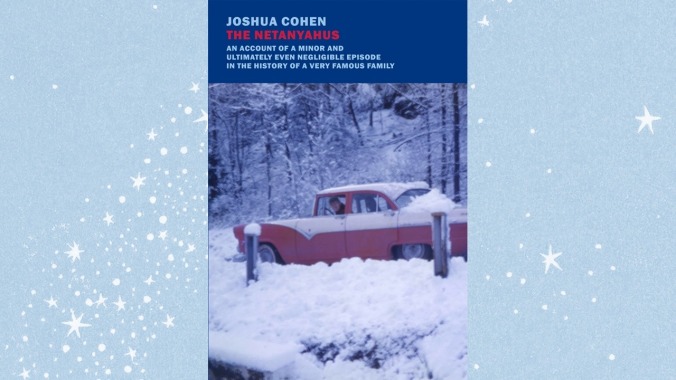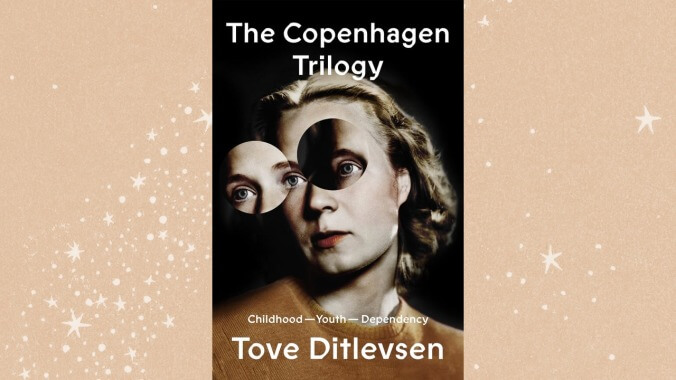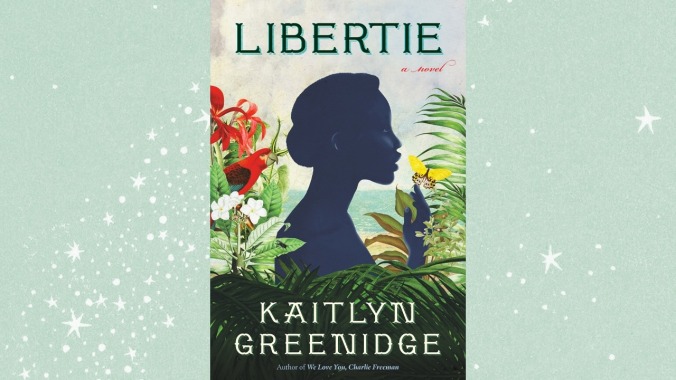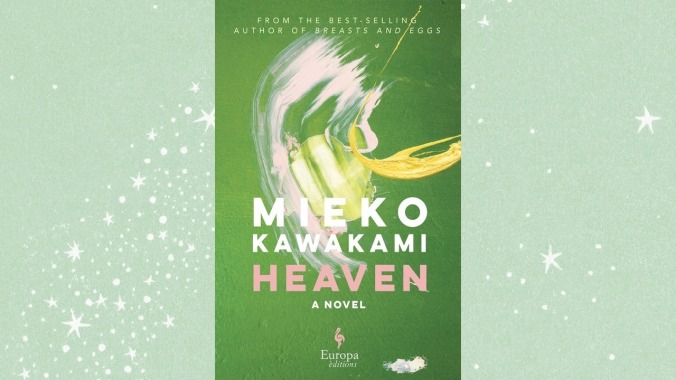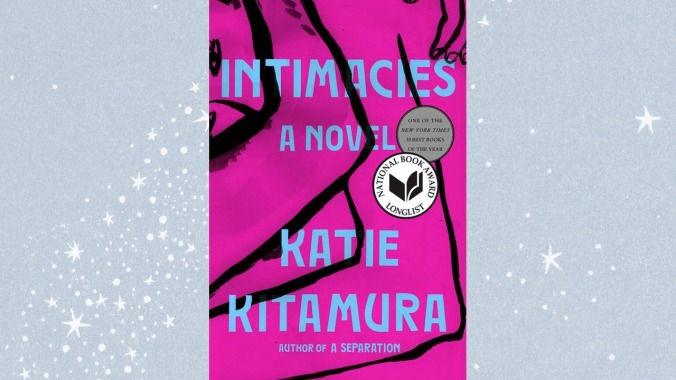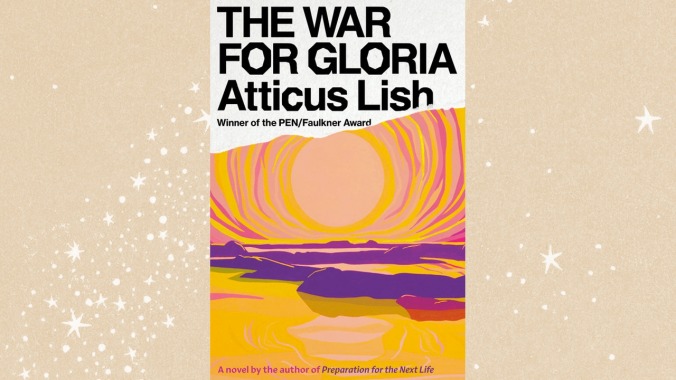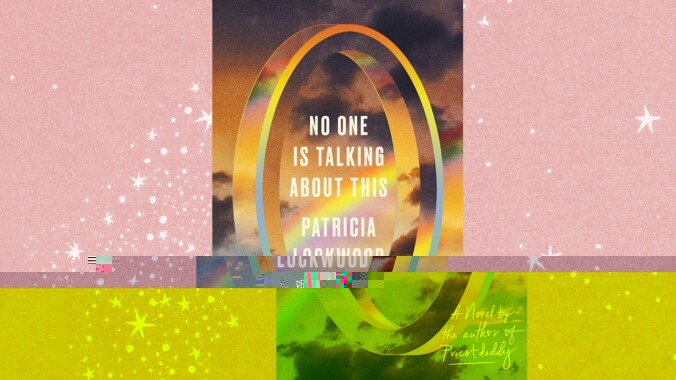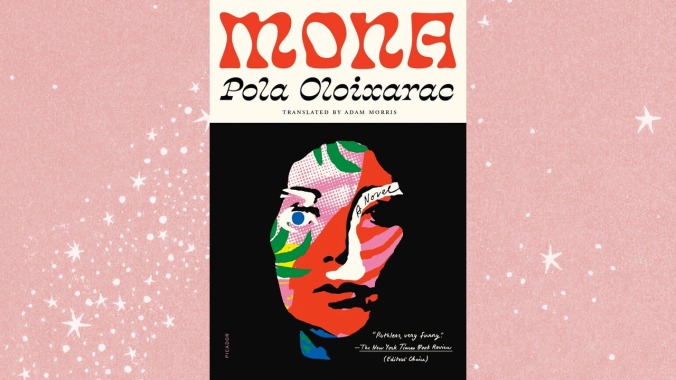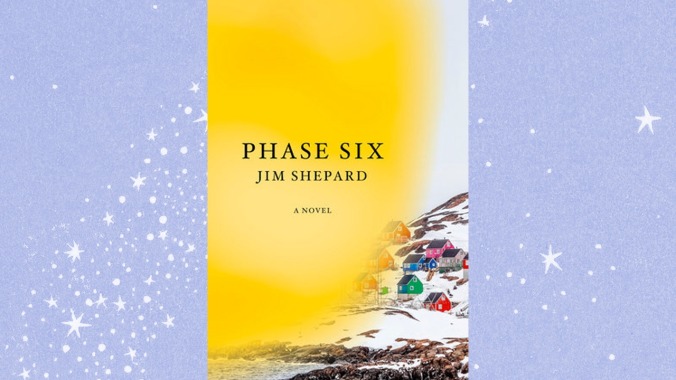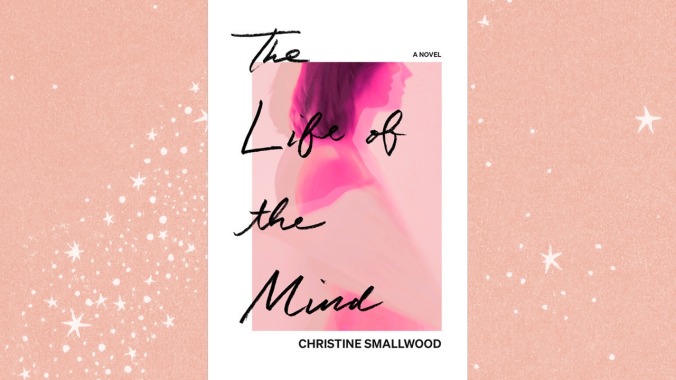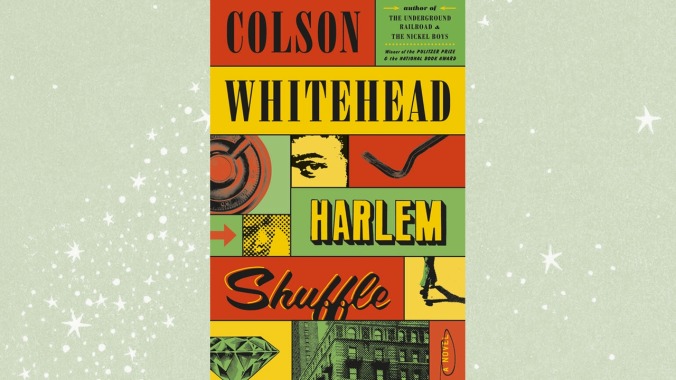The A.V. Club’s 15 favorite books of 2021
We hope you like novels, because we've got a bunch of them
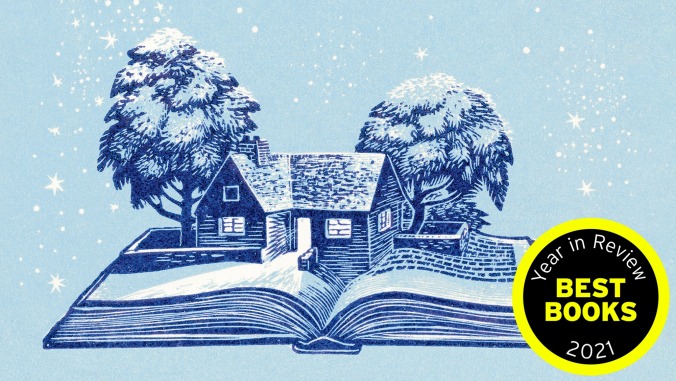
Should the end of the year leave you with the feeling that time is slipping by too quickly, consider this little observation, delivered from one character to another in one of our favorite books this year: “‘Your transience is so great that you do not exist.’” What’s a single life within the life of the entire planet? the interlocutor seems to say. Or, in our case, a single year within infinite time? We don’t know. We didn’t make the calendar; we merely schedule our best-of lists at the end of it. But wouldn’t you know it, within the so-transient-it-barely-exists span of 2021, like so many years past, there were a lot of good books.
There were books filled with nuns! Writers! Artists! Future prime ministers! We hope you like novels, because we’ve got a bunch of them: We’ve got an internet novel, a climate change novel, and even, god help us, a pandemic novel. (It’s good, we promise.) As always, these are contributing writers’ and staff members’ personal favorites, not ranked or chosen by consensus. Click on through and read on to see what they are—the time will go faster than you think.
